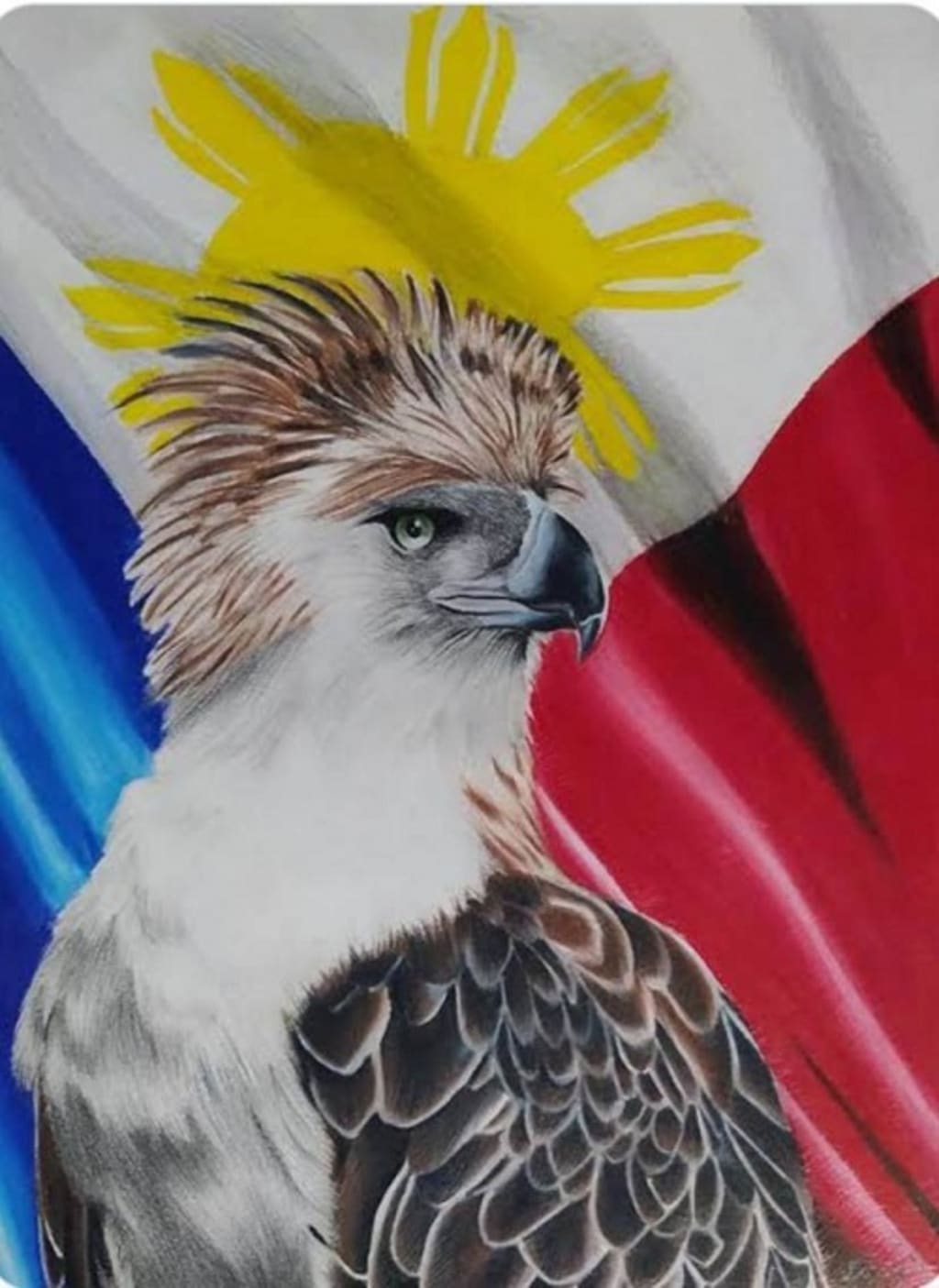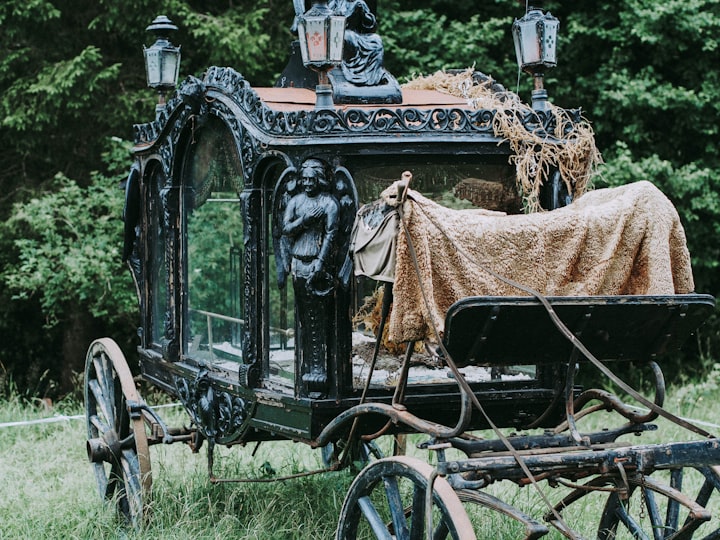THE PHILIPPINE EAGLE
The national bird of the Philippines the Philippine Eagle

One of the largest eagles in the world, the Philippine eagle, Pithecophaga jefferyi, lives in the rainforests of the Philippines. The national bird of the Philippines since 1995, it is also an endangered species. It is estimated that there are less than 500 birds living in the wild. Trophy hunting and loss of land from logging and cultivation have contributed to the birds’ endangered status.

The Philippine eagle lives on the islands of Mindanao, Luzon, Samar, and Leyte. Known for its large size, an adult bird can reach about 3 feet (1 meter) tall and weigh about 14 pounds (6.5 kilograms). The wingspan may be as wide as 8 feet (2.5 meters), but it is more common at about 6.5 feet (2 meters). The feathers are brown above and white below, with a crest of long, narrow feathers. The eagle’s shape allows it to fly through the dense foliage of the forest and snatch snakes, monkeys, flying lemurs, squirrels, and other birds from the trees. The large, dark blue-black beak and three-inch long claws help the bird to catch and to eat prey. The Philippine eagle nests in the tallest trees of the forest. The female lays only one or two eggs a year.

It was said that Philippine Eagles are also known to be monogamous; loyal to their mates. A death of a mate could mean that these raptors never breed again.
When it comes to the nest, sometimes Philippine Eagles use the same nest every breeding season, which happens once every two years.
If lucky, their chicks would use that same nest where they hatched when they’re fully grown and ready to build their own bird family.
If that nest is still around.
The loss of these nests is undoubtedly a disruption to the breeding cycle.

It was not hidden from our knowledge that the Philippine Eagles were not spared from the destruction that humans have caused.
This means, for the most part, logging, mining, and other destructive activities
Which has a big impact on the lives of our Philippine Eagles.
Back in the day, it was easy to spot a banog, or in English, a great eagle. Today, it requires a lot of patience and willpower. Due to deforestation, the Philippine Eagle is now almost extinct, with only approximately 400 pairs in the wild. A huge part of its habitat, which are low-land and mid-elevation forests, has been bulldozed and flattened for city development.
But things could be turning around. Because the Philippine Eagle is a critically endangered species, whenever one is released in the wild, the local government labels the area as protected, prohibiting any destructive activities like logging. It’s a step that could potentially save the country’s remaining forest land.

Along with the Department of Environment and Natural Resources (DENR) and local governments; as well as organizations that support the PEF. After each bird’s release, it continues to be monitored with the aid of community volunteers and their respective village and Indigenous community organizations.
The wider Mount Apo range spans at least 90,000 hectares (222,000 acres), of which only two-thirds are classified as a protected area, adding extra complexity to the task of protecting eagle habitat and nesting sites.
To help with the conservation of the forest and the Philippine eagles in Mount Apo KBA, the Davao City government engages Indigenous communities through its “Bantay Bukid” (Forest Guard) initiative. Under the scheme, some 200 Indigenous men have been recruited as volunteer forest guards, for which they get a monthly allowance of 2,000 pesos (about $40), to patrol four identified nesting sites. Together, they keep watch over some 25,000 hectares (62,000 acres) of forest.
The Bantay Bukid program has significantly augmented the forest protection work force of the DENR in the area. From a ratio of one personnel for every 7,000 hectares (17,300 acres) of forest, the Bantay Bukid scheme has improved the guard presence to one person for every 200 hectares (500 acres).
“With many pairs of eyes watching over the forests, it helped deter timber and wildlife poaching activities.

Now, In our days, the Philippine Eagle can not only be seen in the wilderness.
It is also being tattooed in different parts of our body.
It has been around for many years ago.
The Philippine Eagle it is a symbol of strength, courage, and pride for the Philippines.
We are so proud to be part of the community. The country and the home of the Philippine Eagle.
Today, each eagle release is a statement that there’s still a chance. For them and for the tropical forests of the country. The more eagles released in the wild, the vaster forest area becomes protected. And when people work hand in hand, maybe, someday in the future, this country’s children will have the great privilege of seeing Philippine Eagles flying freely in the skies on ordinary days.
About the Creator
Roy Flores
Writing has always be a part of my life.It Is a dream,my passion and my hobby that become a reality.






Comments
There are no comments for this story
Be the first to respond and start the conversation.